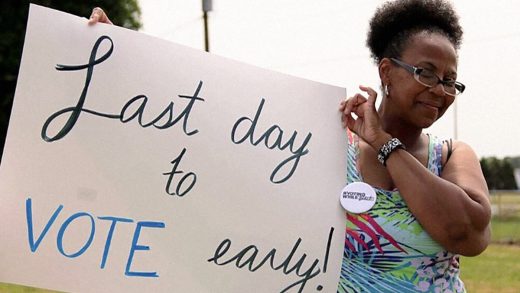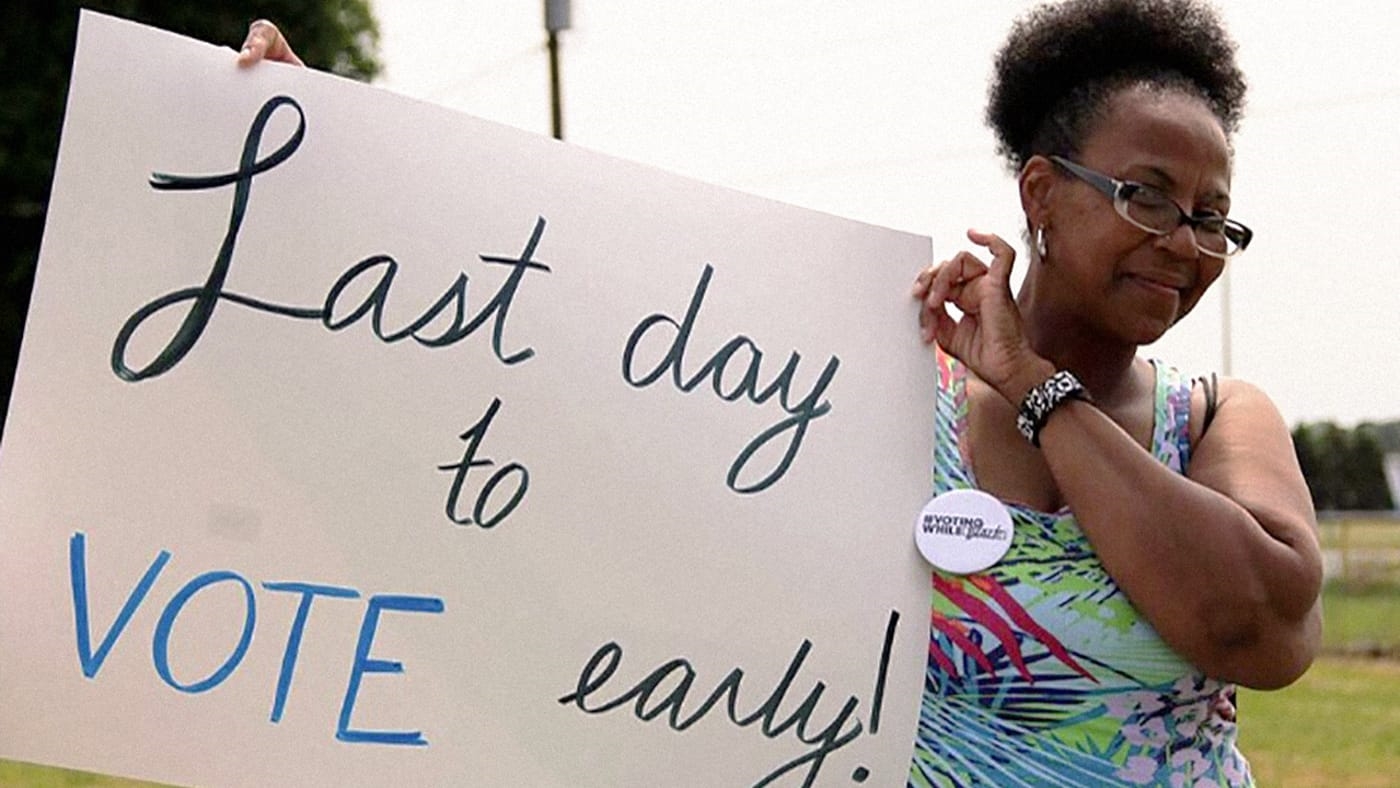How Color of Change is moving from activism to electing DAs
When the exit polls closed in the 2012 elections, Barack Obama was walking into his second term as president, and the Democrats managed to maintain control of the Senate. The Democratic Party was energized, but in the intervening six years they’ve seen momentum slip.
A number of factors play into the Democrats’ contemporary woes, but to Rashad Robinson, executive director of Color of Change, a progressive civil-rights advocacy organization, one in particular stands out: The party has lost touch with its black voting base.
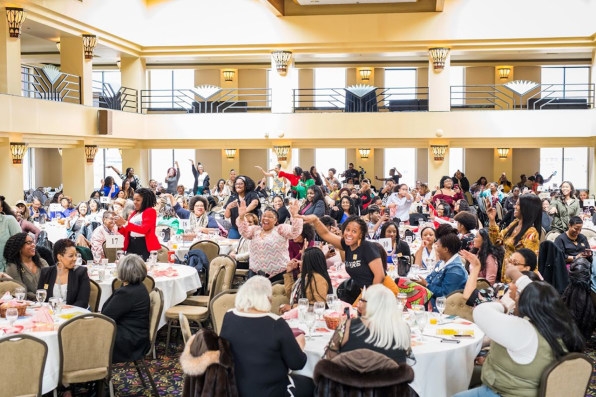
“When black voters turn out and elect candidates, those candidates are more progressive—they’re the ones fighting on immigration, social justice, women’s rights,” Robinson says. In 2012, he adds, turnout among black voters, particularly black women, eclipsed that of all other groups for the first time. “And we got a president that spoke out in favor of LGBT rights, and moved the Supreme Court to the left.” On a more local scale, in Philadelphia’s district attorney race in 2017, the progressive, lifelong civil-rights attorney Larry Krasner won in a landslide, and black voters helped carry him to victory. In his first year in office he’s made massive strides toward dismantling the incarceratory system in the city.
Krasner, too, was one of the earliest endorsements made by Color of Change PAC—the political arm of Color of Change, for which Robinson acts as a spokesperson. The PAC aims to re-engage the black voting base in America both by endorsing candidates who pledge to work toward greater equity for people of color and by mobilizing black people to turn out and vote in November. The organization is choosing to focus its efforts mainly on DA elections, such as Krasner’s, as these often touch on issues that most directly affect the black community. By midterms this year, Color of Change PAC intends to mobilize 10,000 volunteers across 10 states to engage in peer-to-peer texting and calling initiatives to educate community members about upcoming DA elections.
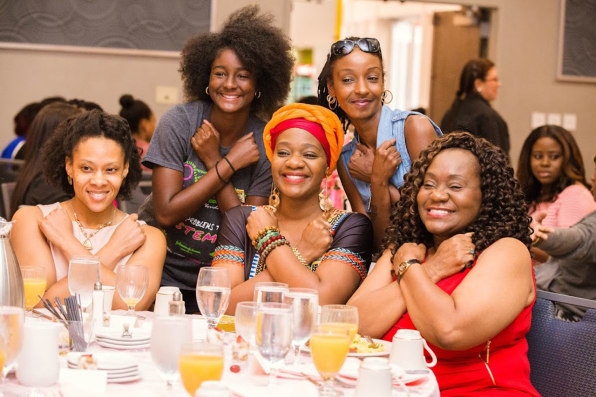
Prior to establishing the PAC, Color of Change pushed for progressive reforms on issues that get to the heart of racial justice (or lack thereof) in America. Most recently, the nonprofit initiated a successful campaign—organized mainly around online petitioning—to get payments companies such as PayPal to stop processing the financial transactions of hate groups. While Color of Change will continue that kind of grassroots activist work, the organization launched the PAC in 2016 as a way to insert its voice more explicitly into politics—namely, by re-engaging the black voting base that had peaked in 2012 and then, with the Democrats’ uninspiring run for the presidency in 2016, had begun to lose patience with the party.
Color of Change has approximately 1.3 million members, who have been engaged for years in trying to push elected officials to respond to the needs of the black community by engaging on issues such as criminal-justice reform and equitable policing. “But we were seeing that folks in certain elected offices didn’t have an incentive to listen,” Robinson says. “So we had to add another layer to our advocacy work and that was being deeply engaged in elections and mobilizing black voters to hold officials accountable for representing our communities.”
To create political momentum via community building, the PAC is hosting a series of brunches and block parties, and has seen 12,000 people turn out to events since December. The PAC so far has made approximately 11 endorsements for this election cycle, including Wesley Bell, who is running in St. Louis County, Missouri, to unseat a 27-year incumbent prosecuting attorney on a platform of eliminating wrongful convictions, ending the death penalty, and working to move away from mass incarceration.
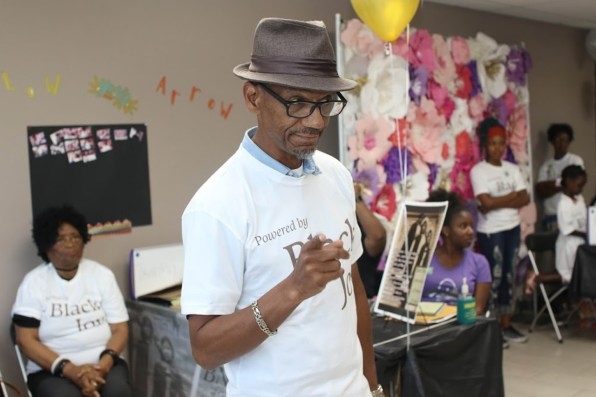
While political in its aims, Color of Change PAC’s organizing is not about aligning with the Democratic Party, Robinson says. “Our focus is not on the people who vote in every election and align with the party on every issue, but on the possibilities to expand that list,” he says. Specifically, Color of Change PAC wants to add 3 million “low propensity” black people to the voting rolls, and engage them not around strict Democratic politics but around mass incarceration and issues that affect the black community.
In one effort to target low-propensity black voters, for instance, Color of Change PAC is cross-tabbing voter files with consumer-marketing data. “So we’re running Facebook ads to black women who buy natural hair products, and then getting them to come out to an in-person event,” Robinson says. “It’s about getting people to meet in their community first, and then build power toward change.”
And by mobilizing a huge number of volunteers to engage their communities and organically build momentum, Color of Change PAC wants to support progressive policies without leaning on the Democratic Party. To Robinson, it’s no surprise that, now more than ever, the party is having a tough time holding on to the trust of black voters. Black people have long been one of the most solidly liberal and progressive voting blocks in the U.S., but as recently as a few weeks ago, The Atlantic reported that Tom Perez, chair of the Democratic National Committee, acknowledged that the party has taken them for granted. At a fundraiser in Atlanta in mid-July, he told the predominantly black crowd, “African Americans—our most loyal constituency—we all too frequently took for granted. That is a shame on us, folks, and for that I apologize.” Specifically, the party has largely failed to make progress on racial justice and, especially, ending mass incarceration and predatory court practices—issues that intimately and disproportionately affect black people, who are imprisoned at a rate five times higher than whites. By age 14, around a quarter of black children will have seen a parent incarcerated.
These are issues the black community is all too familiar with, and Color of Change PAC wants to help them draw the link between voter turnout in DA races and seeing real change come to their communities. But it’s undeniable that the PAC’s work could have ripple effects on progressive politics at large. “If you get black voters to turn out, the return on investment for progressives is clear,” Robinson says. “Black people overwhelmingly vote progressive, and the investment in black people is a force multiplier.”
(27)

